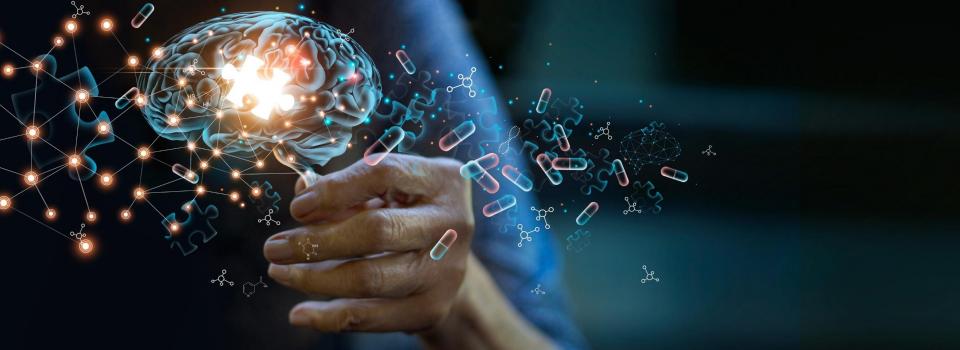Oct 17 2022
Published by
NYU Shanghai

Alzheimer’s disease (AD) is one of the most common neurodegenerative diseases in the elderly and currently has no effective neurocentric-based therapies. Increasing evidence indicates that neuroinflammation contributes to and exacerbates the pathogenesis of Alzheimer’s disease (AD). Neuroinflammation is thought to be primarily driven by glial cells (microglia and astrocytes) and escalates with neurodegenerative progression in AD. In a study on presenilin 1/2 conditional double knockout (cDKO) mice, Institute faculty, Professor Huimin Wang and her team examine the spatiotemporal change patterns of glial reactivity and neuroinflammatory response during different stages of neurodegeneration. The research finds that gliosis and the up-regulation of substantial neuroinflammatory genes were primarily initiated in the cortex of cDKO mice, rather than in the hippocampus. The findings suggest that astrocyte and microglial activation with a concurrent increase in inflammatory mediators such as chemokines might be an early event and contribute to the pathogenesis of neurodegeneration due to presenilin deficiency. This study is published in Frontiers in Aging Neuroscience.
Journal Reference:
Peng, W., Xie, Y., Liao, C., Bai ,Y., Wang, H.*, and Li, C. * (2022). Spatiotemporal patterns of gliosis and neuroinflammation in presenilin 1/2 conditional double knockout mice. Frontiers In Aging Neuroscience. 14:966153. doi: 10.3389/fnagi.2022.966153.


